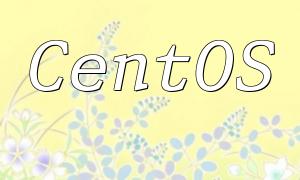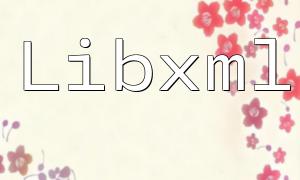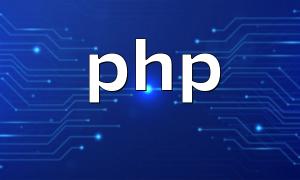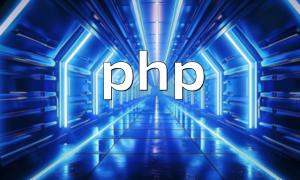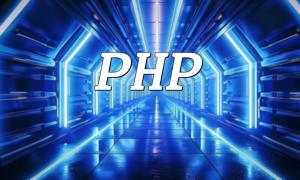PHP 5.6 is a popular server-side scripting language that is widely favored by developers due to its simplicity, ease of use, and powerful features. The GD Library is a commonly used image processing tool that supports creating, modifying, and handling various image formats. By using PHP 5.6 with the GD Library, you can easily create dynamic images, generate CAPTCHAs, and even perform other complex image processing tasks.
First, ensure that your Linux system is up-to-date. You can update it by running the following command:
<span class="fun">sudo apt-get update</span>
Next, install PHP 5.6 by executing the following command:
<span class="fun">sudo apt-get install php5.6</span>
Once the installation is complete, you can check the PHP version to ensure that it was installed successfully by running:
<span class="fun">php -v</span>
Installing the GD Library is also straightforward. You can install it by running the following command:
<span class="fun">sudo apt-get install php5.6-gd</span>
After installation, don't forget to restart the Apache or Nginx service to ensure the configuration takes effect:
<span class="fun">sudo service apache2 restart</span>
Alternatively:
<span class="fun">sudo service nginx restart</span>
After installation, you can verify whether the GD Library is installed correctly by running the following command:
<span class="fun">php -m | grep gd</span>
If the installation was successful, you will see the word "gd", indicating that the GD Library has been successfully enabled.
Once the installation is complete, you can generate an image using the following simple PHP code:
header('Content-Type: image/png');
$im = imagecreatetruecolor(200, 200);
$background_color = imagecolorallocate($im, 0, 0, 0);
imagefill($im, 0, 0, $background_color);
$font_color = imagecolorallocate($im, 255, 255, 255);
imagestring($im, 5, 50, 90, 'Hello, GD!', $font_color);
imagepng($im);
imagedestroy($im);The above code will generate a PNG image with the text "Hello, GD!" in the browser. You can adjust the image size and content based on your needs.
With the steps outlined in this article, you should be able to successfully configure PHP 5.6 and the GD Library on your Linux system. This combination will not only provide your application with powerful image processing capabilities but also improve user interaction on your website. If you encounter any issues during the configuration process, feel free to reach out and discuss them with us.

